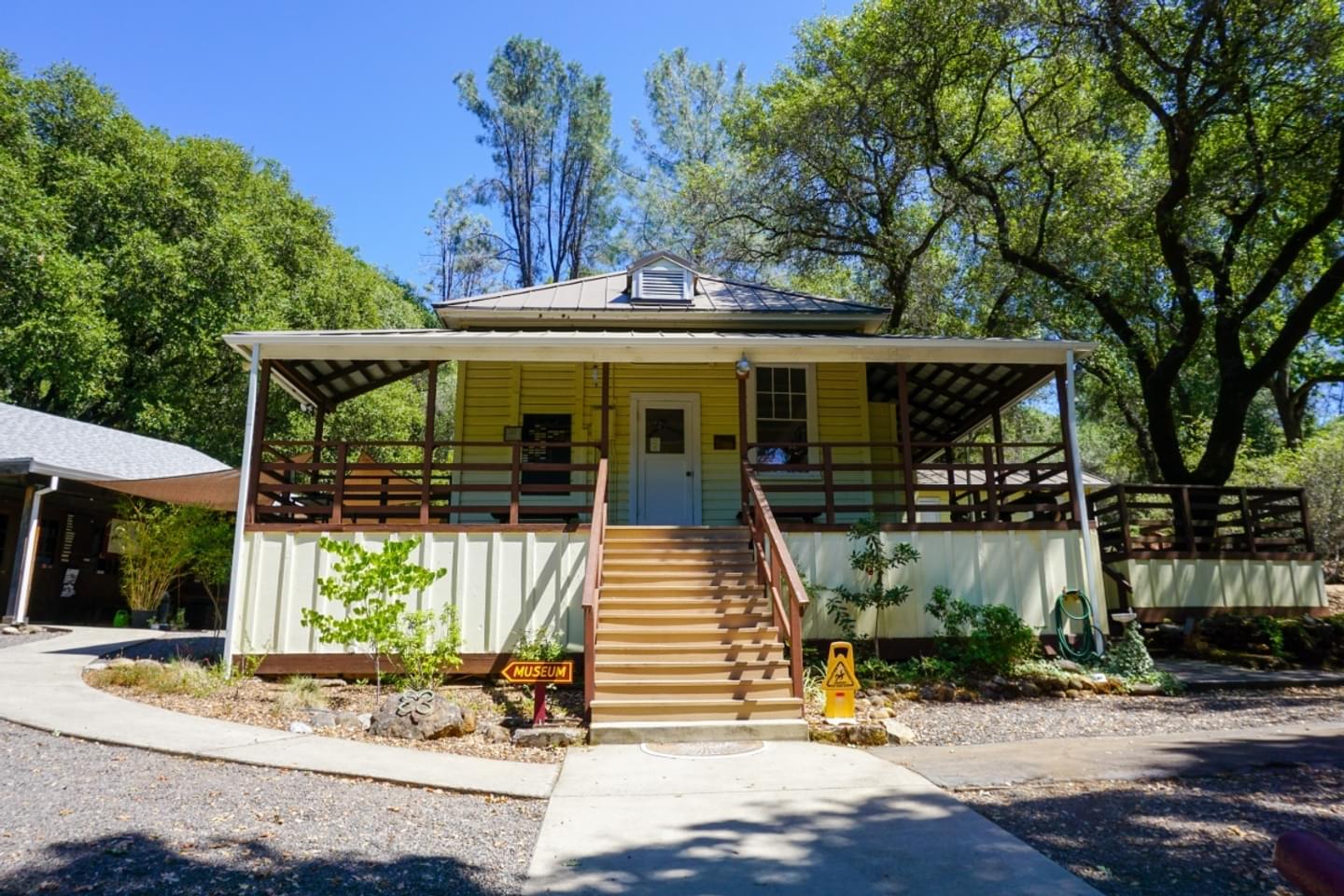The Colman Museum-Centerville Schoolhouse flies so under the radar in Butte County that it’s unclear what its official name is.
An online search shows listings for the Colman-Centerville Schoolhouse, Colman-Centerville Museum, and the Centerville Museum, depending on the source.
But don’t let the name confusion trick you into thinking the museum isn’t worth the trip. Visitors who make the drive up Honey Run Road into Butte Creek Canyon to find the Colman Museum next to the old Centerville Schoolhouse are rewarded with a hidden gem tying the canyon’s deep-rooted past to its present and future.
The Past
The Schoolhouse’s Beginnings & Closure
The one-room Centerville Schoolhouse was built in 1894 and served students until 1966. There are people on the Centerville Recreation and Historical Association’s board — the association in charge of the museum — that attended school there. However, after the Chico Unified School District annexed Centerville School in 1964 and started busing students into town, the school had closed by 1966.
That should have been the end of the story, but life in “The Canyon” is different. The people who live there still live in much the same way as the original inhabitants did during the Gold Rush era. The amenities may have changed, but the strong sense of determination, resourcefulness, and community haven’t.
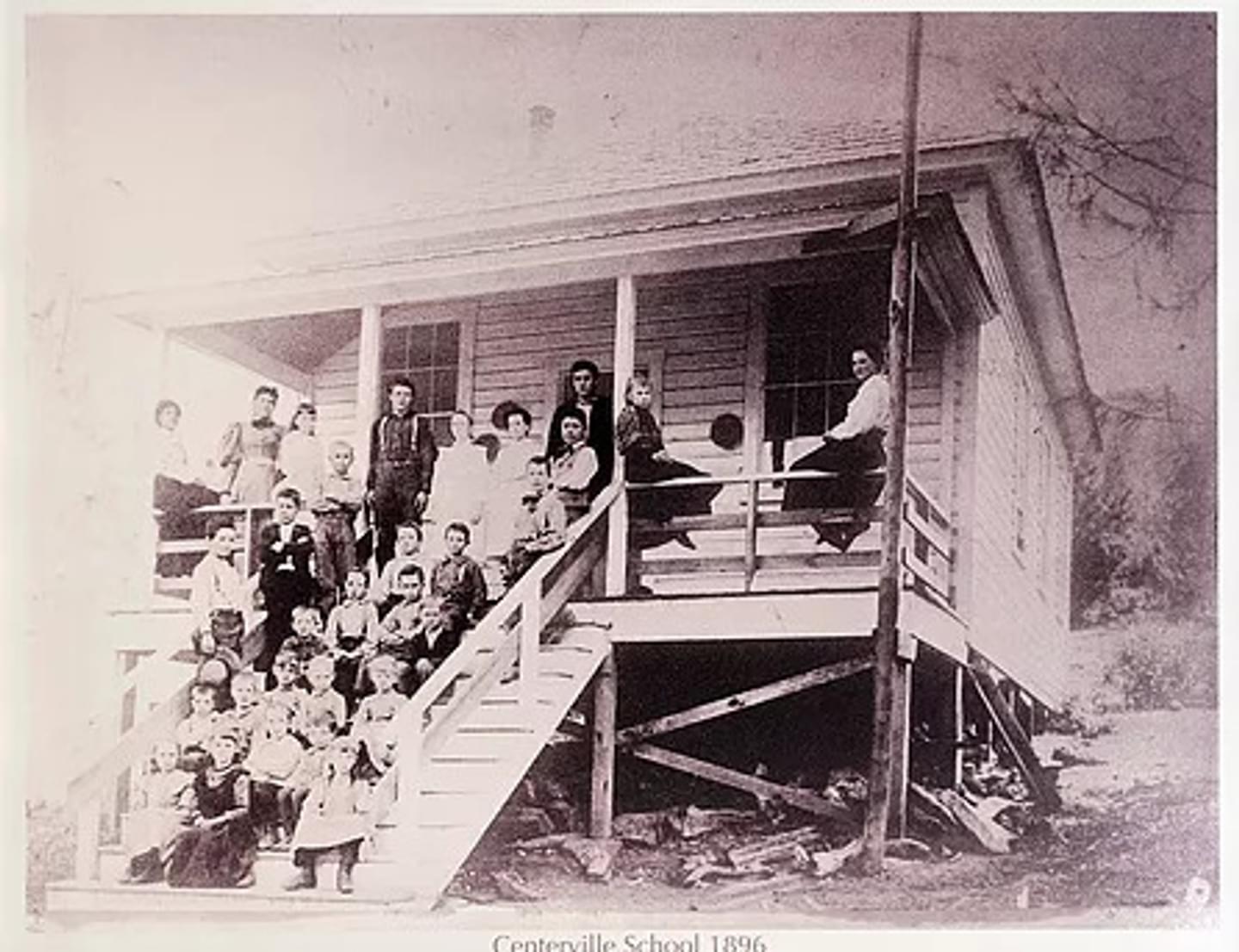
Saving the Centerville Schoolhouse
Faced with the prospect of the physical loss of their long-time school house as Chico USD contemplated razing it, the people of Butte Creek Canyon took action. They formed the “Centerville Recreation and Historical Association” (CRHA) for the purpose of obtaining the historic building. Fundraisers were held to purchase the school and by 1968, the school was back in the possession of the community. Less than a decade later, in 1976, Lois Colman, granddaughter of canyon pioneer D.B. Colman, donated the profits from her book Tailings of Butte Creek Canyon to finance the opening of the Colman Memorial Community Museum.
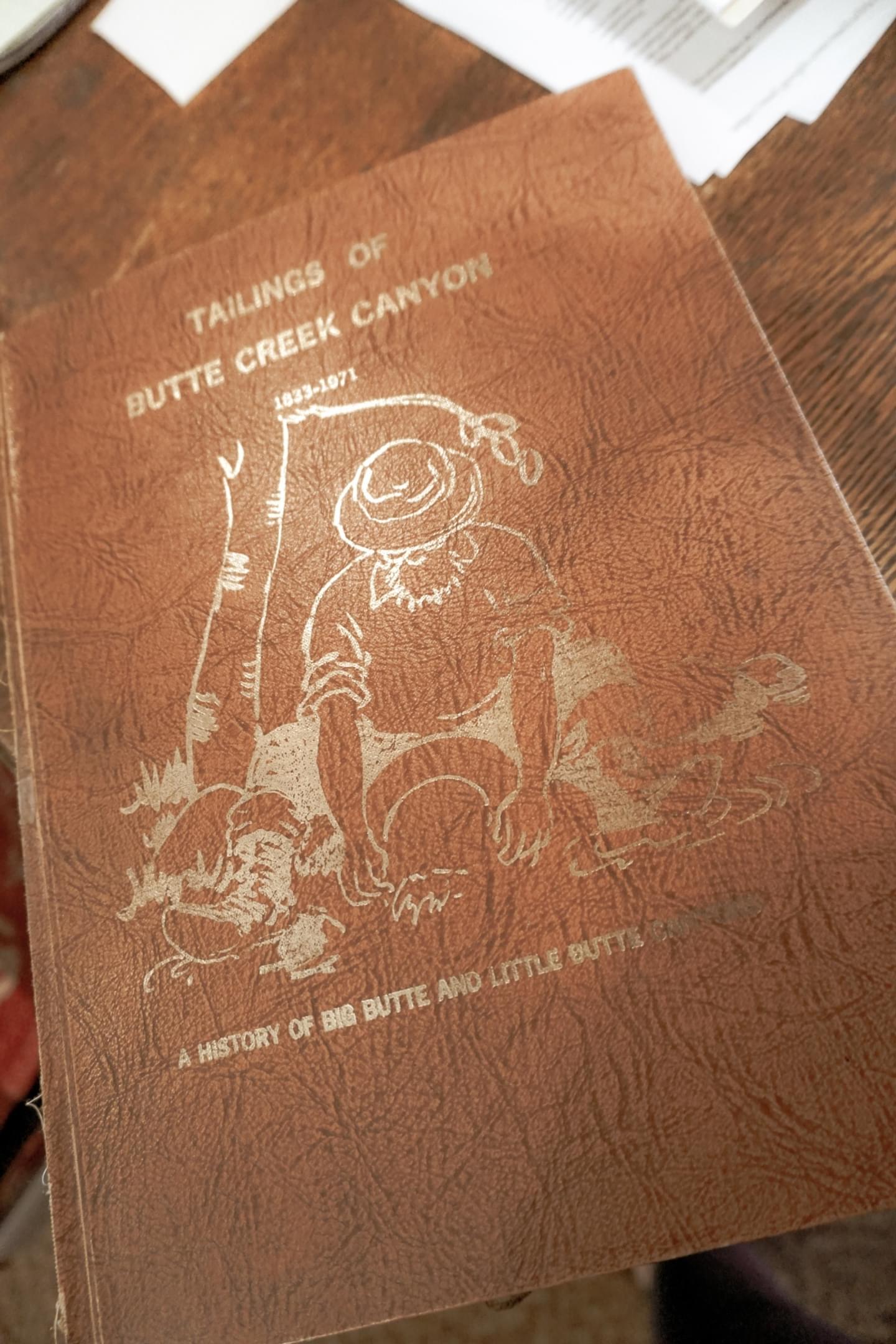
The Colman Museum Highlights Community
The word “community” in the museum’s official name is an important one. Built, saved, and developed by Butte Creek Canyon residents, the Colman Museum tells the story not just of the Centerville Museum, but also the story of the nation.
Visitors learn of the Civil War through the story of veteran Mac Stilson, who participated in the capture of Confederate president Jefferson Davis and used his reward money to buy the land that is now Stilson Canyon. They learn of the lives of the native tribes that populated the country through the perspective of the Maidus and other Butte County tribes and a large collection of their woven baskets. They learn of the Gold Rush that accelerated California’s founding through the stories of the large population of Chinese workers who flocked to the region and their specific contributions to the Canyon.
Perhaps most importantly, visitors learn about the stories of the everyday Canyonite. Every artifact, photo, or piece of clothing has been donated over the years by residents or their relatives, which the curators have carefully and caringly displayed. The “Bridges of Butte Creek Canyon” display presents the stories and photos of those who have lived in the Canyon.
With regular requests for Canyon artifacts, the Colman Museum is updated regularly, so visitors can find the oldest artifacts (seabed fossils found in Butte County) just a few steps away from the most recently added one — an 1885 silver dollar found in the rubble from the Camp Fire.
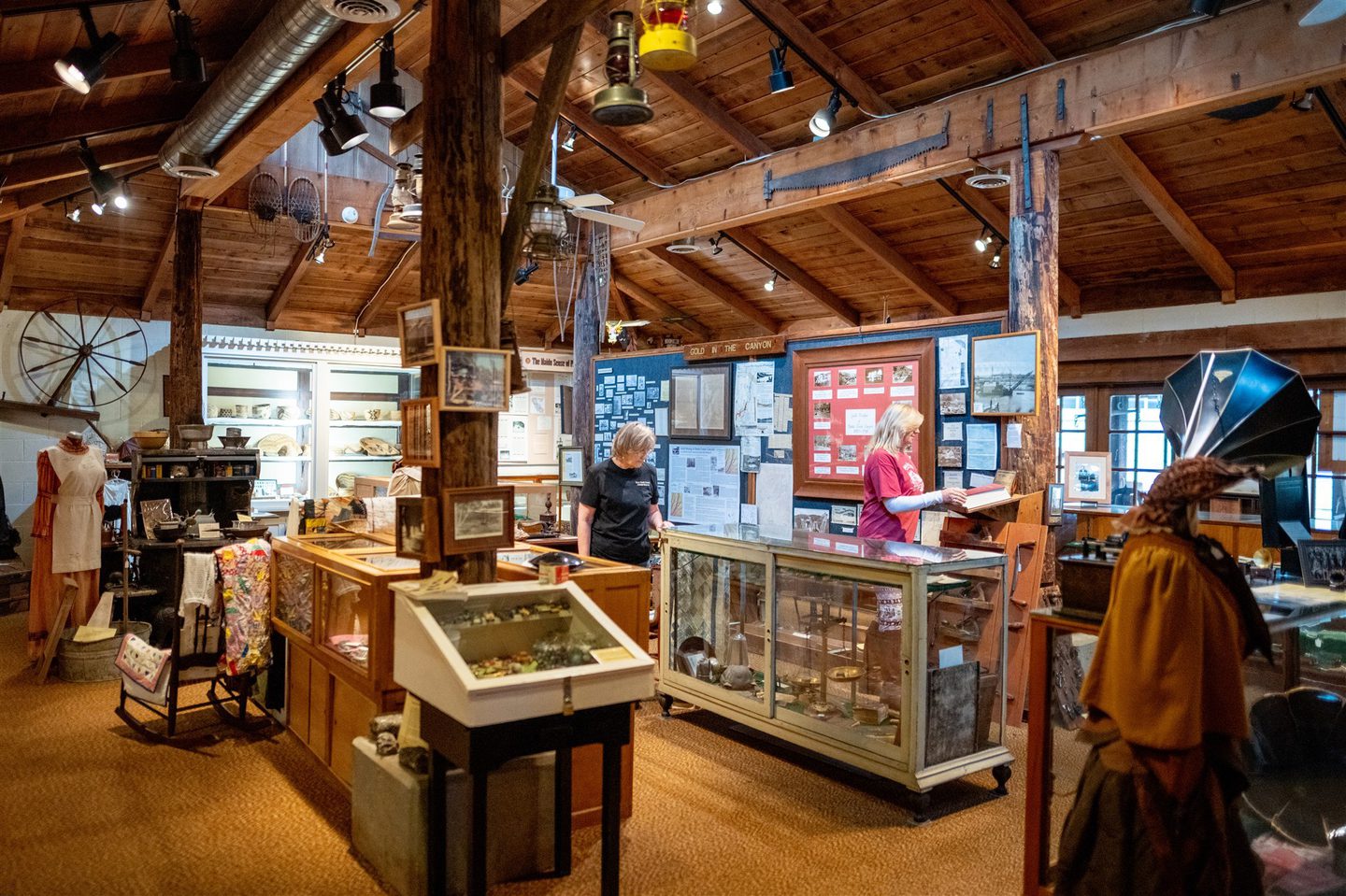
The Present
Saved from the Fire
Burned but unmelted, that 1885 silver dollar was brought in by a Canyon resident who found it in the ruins of his home after the November 2018 Camp Fire.
Burning for 17 days, the wildfire spared little in Paradise, Magalia, and the surrounding areas, including Butte Creek Canyon. Neighboring historical museums and monuments, including the Gold Nugget Museum in Paradise and the Honey Run Bridge, just a few miles down the road from the Centerville school, were lost. Many of Butte Creek Canyon’s residents also lost their homes.
And if it had been located anywhere else, the Centerville Schoolhouse-Coleman Museum would have probably been destroyed, too, but a small contingent of Canyon residents worked throughout the night to save their community.
While firefighter crews were busy trying to protect Paradise and its large population from the worst of the blaze, a few men from the Canyon, including Helltown, worked to hold the line at Centerville Road, the nearest natural firebreak they could work with. They dug lines, created more firebreaks, and smothered burning embers.
Around one in the morning, nearly 18 hours after the fire broke out the previous morning, the crew saw that the fire was threatening the schoolhouse. In the small canyon community, the Centerville School is the closest thing to a community center in the area, hosting potlucks, events, even Santa visits.
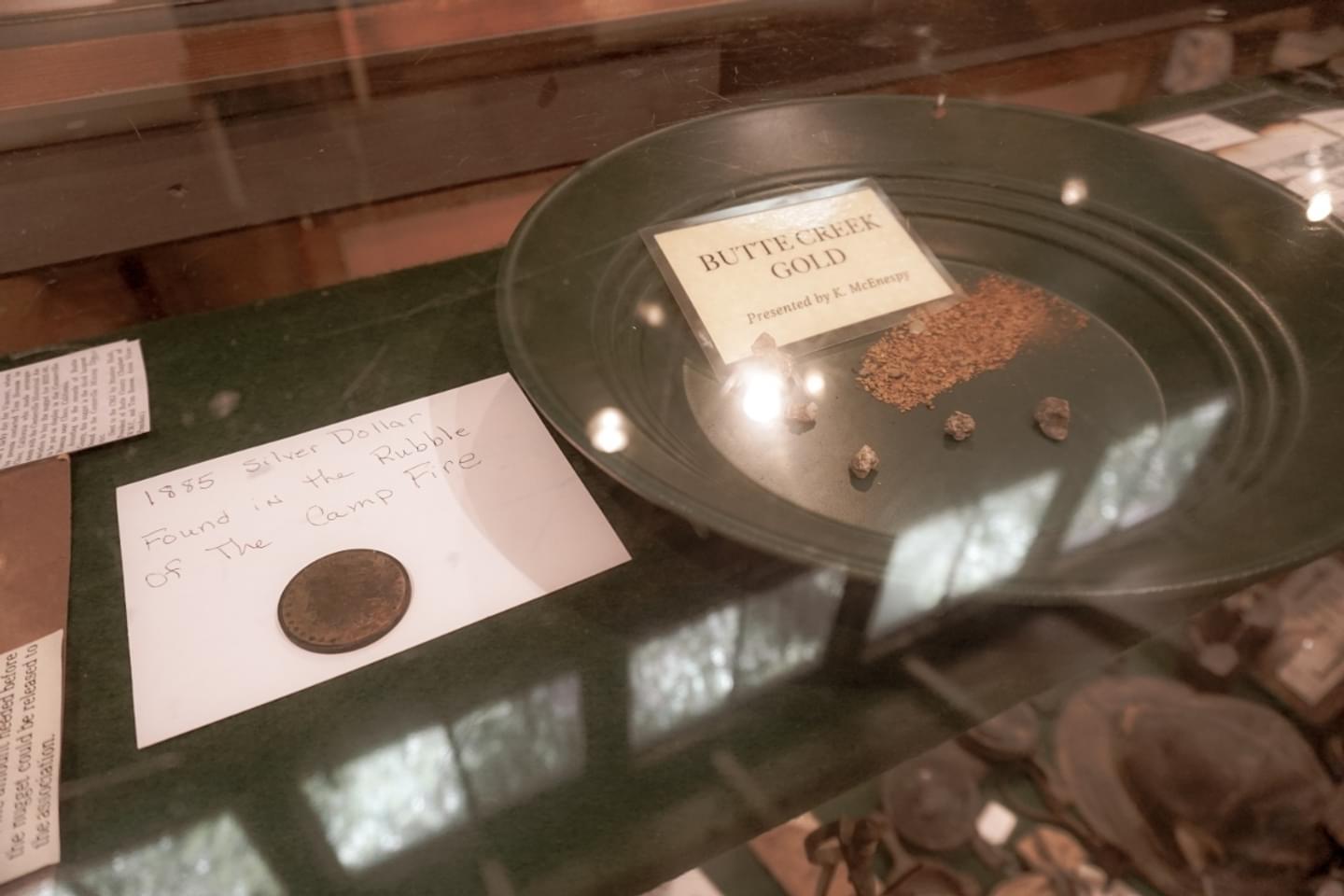
So the Helltown Hotshots, as they have come to be known, cut a line around the schoolhouse with an excavator. The fire got within a couple hundred feet, burning down a perimeter fence, but the Centerville Schoolhouse and Colman Museum were saved.
When firefighters arrived about 12 hours later, they further fortified the area, ensuring the survival of the schoolhouse and museum at a time when much was still uncertain. As the fire burned and crews worked around the clock, they used the schoolhouse as a basecamp, sleeping there between shifts. For months after the fire was extinguished, with power still spotty and many displaced, the Canyon relied on the schoolhouse as a crucial community space for hearing the latest news, finding out about neighbors, or even just sitting down for a meal with others still reeling from what had happened.
The Centerville Schoolhouse was never just a schoolhouse, and in the wake of the Camp Fire, its symbol as the heart of Butte Creek Canyon has only grown and solidified. So it’s not a matter of if the Colman Museum will have a section dedicated to the Camp Fire, but really a matter of when. The Canyon, though, is still rebuilding — many residents who lost their homes have relocated out of state, to nearby Chico or Oroville, or are still bouncing from home-to-home of friends still in the Canyon.
So for most, even nearing a year after the fire, it’s still too soon to start contributing to this part of the community’s history since it’s still very much a part of its present.
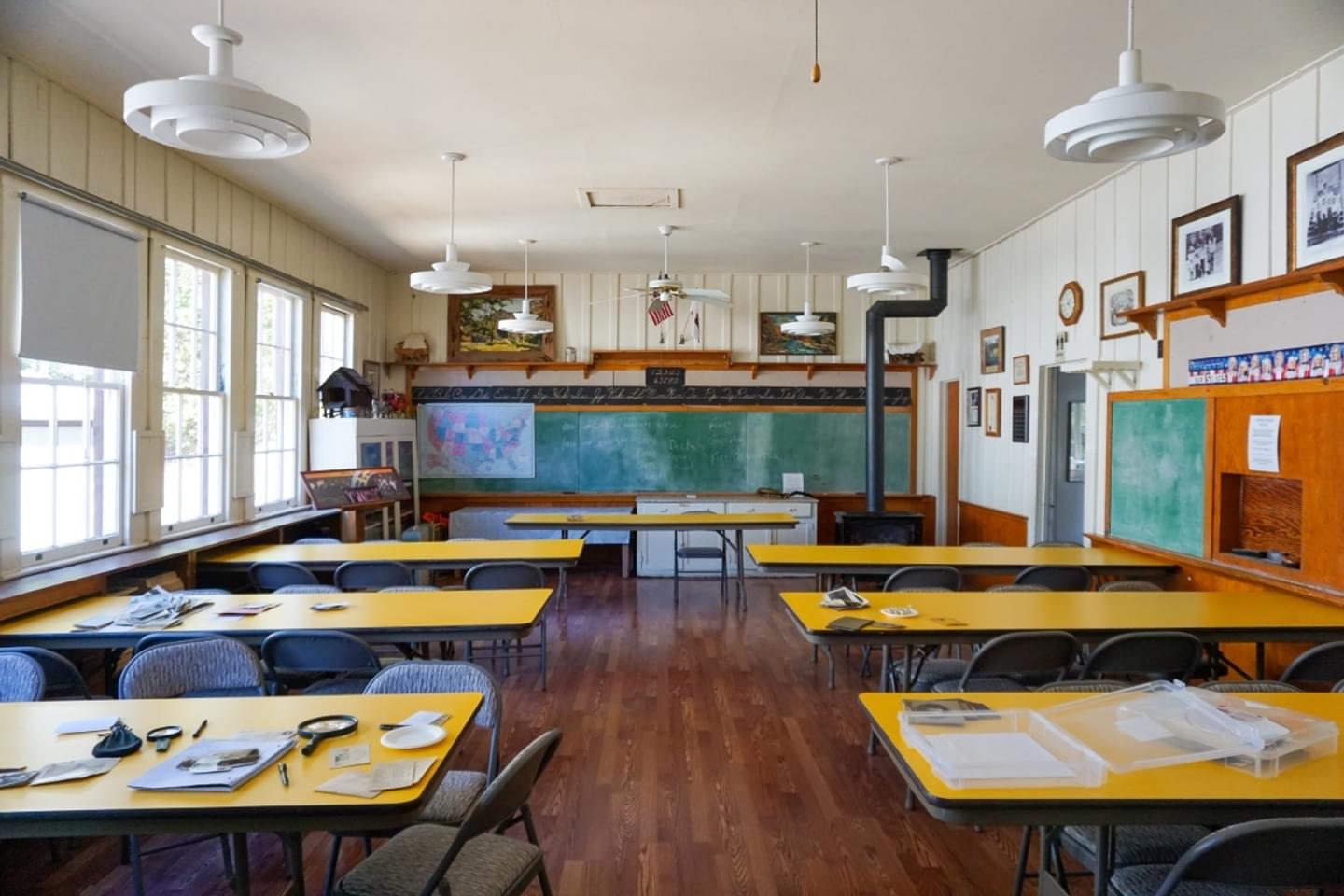
The Future
Growing the Historical Compound
As the old adage goes, “the only way out is through,” and the Colman Museum, Centerville Schoolhouse, and all who support and contribute to them have plans to get through this stronger than before.
Part of the plan includes working with PG&E to buy the Centerville Powerhouse. It came on line in late 1899, tested and celebrated by stringing lights to the schoolhouse for a Christmas dance.
For decades, the powerhouse had served as a source of power and jobs. Today, it no longer serves its original purpose but continues to help support the population of salmon in Butte Creek. In the future, the CRHA would like to see it as part of the Centerville Schoolhouse-Colman Museum historical compound, connecting the tales of the Canyon since the 1800s to whatever the future brings.
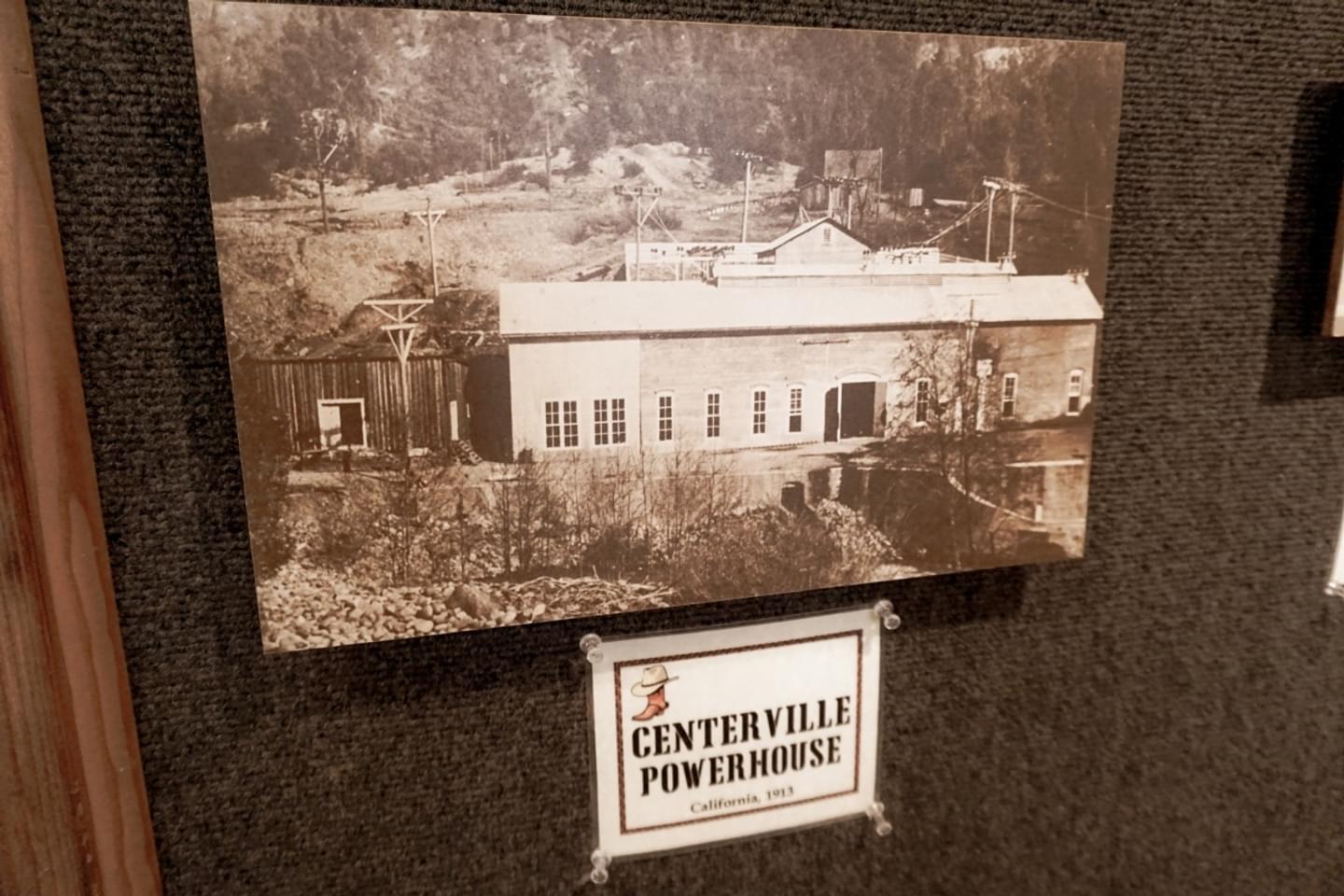
Building a Better Future Through Collaboration & Community
The other part of the plan to get through this stronger than before, of course, involves community. The schoolhouse and museum were fortunate to survive the fire when fellow museums weren’t, so the CRHA is working to support and build up its neighbors.
The Colman Museum has opened its doors to the Honey Run Bridge Association, which is working on efforts to rebuild the beloved bridge. To help with fundraising, the museum sells Honey Run gift items. The museum is also working on setting up an event with the Gold Nugget Museum, which currently shares space with the Depot Museum in Paradise, as its own board works on rebuilding plans. The CRHA has a vision for an event that brings together the Centerville Schoolhouse-Colman Museum, Honey Run Bridge Association, and Gold Nugget Museum in a community-centered celebration of the area.
Those living in the Canyon know the stories, know how life here is different than “down the hill,” know the power of the community on its very survival. A unified event of the three historical associations would be an opportunity for visitors to learn about that story — the story of a community that rallies around a schoolhouse-museum with a flexible name, deeply rooted to the land, fortified by fire, and determined to continue writing its narrative.
